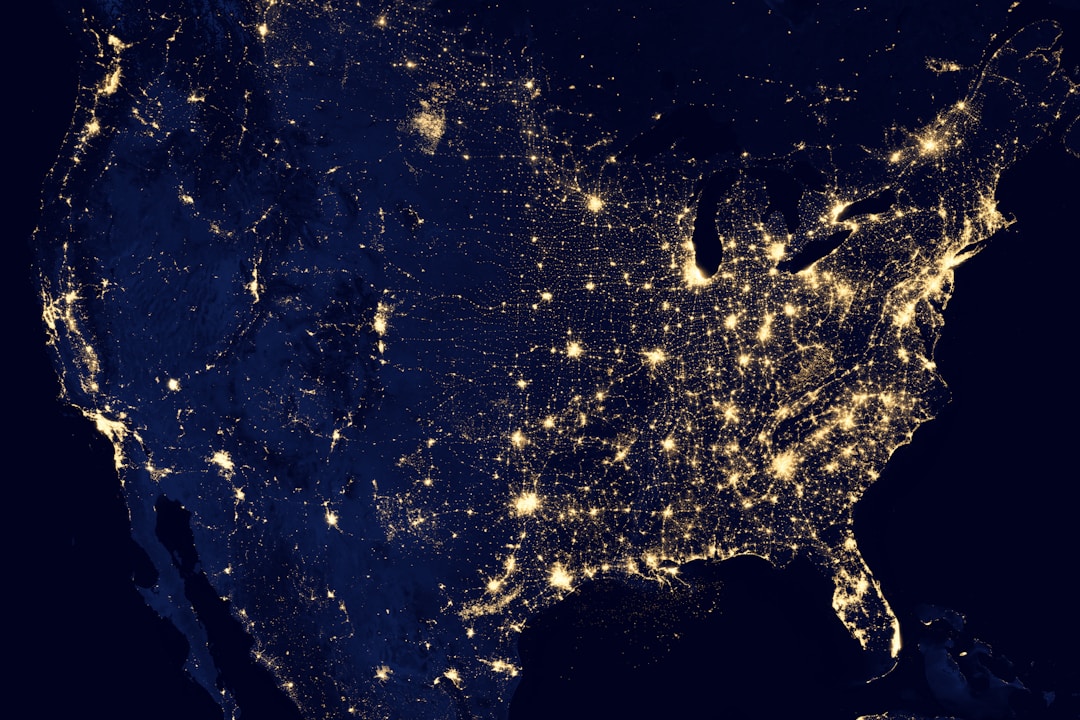Page Content
How an Event Driven System Works
Daily internet interactions across the U.S. and the rest of the world are a constant series of new events. That is to say, every time you visit a website, put an item in a digital shopping cart, or replay a video; that the digital world calls this action an event.
An event type can be drastically different from others. Companies need to have a reactive system in place to boost customer experience and keep the stream of events flowing. Many software engineers and businesses aim to implement an event-driven system (EDA) to automate responses in real-time. This is how that process works.
Real World Replies

Before jumping into digital space, let’s analyze an in-person exchange that transpires across the United States on a daily basis: Real estate. Despite COVID-19, many major US cities have witnessed a real estate boom that has markets sourcing to all-time highs. Companies such as Venterra Realty Management, founded by John Foresi and Andrew Stewart, are at the height of real estate management.
Their company culture is the envy of their peers and the Venterra team aims to move the company forward during this housing boom. Their team members respond to situations aligned with the core values of the CEO of Venterra Realty, with speed and integrity. They interact with situations as quickly as humanly possible at Venterra. But what if that process was automated?
Events
Simply put, an event is a state change. As mentioned earlier, it’s often when a mouse click happens. Market data shows that these happen regardless of the industry. Events create messages by detection, production, publication, or consumption.
It’s important to note that the message that’s being sent is different than the event. Just as the event producer (you, the consumer) is different than the event. Often, events trigger several actions. There can be complex events. Typically, there is a record of notifications, events, messages, queues called an event log. All of these incorporate what makes up an event.
EDA

To understand an event driven system, you need to understand the architecture pattern of the three parts that make up the workflow of EDA. These parts would be the producer, consumer, and broker. Of this ecosystem, only the message broker is optional. This generally happens when a single producer is working with a single consumer and has direct contact. However, the general scenario includes a broker. That’s because multiple outlets are constantly creating an event source that needs to be regulated and processed appropriately.
Basically, the broker works as a microservice between the producer and the consumer as a new way to redirect inputs and output. For example, Venterra Realty could be collecting customer data on the lives of our residents. They are trying to improve their employee experience by offering them as much real-time data as possible. Venterra would feed the information they’re collecting into an event-driven architecture that looks at spending habits, lifestyles of tenants, when rent payments are made, or even whether or not they’re monitoring the right people. Whatever Venterra Realty wants as a trigger, they can monitor the event stream processing. The company then employs its team members with these known series of events to better serve their clientele.
All of this data can be collected in real-time or in a near real-time manner. EDA allows you to take action quickly on accounts that seem add or when the data center alerts you to a trend you should be aware of. There may be some early drawbacks from a new system having a high workload, but EDA often improves your system design for the better.
